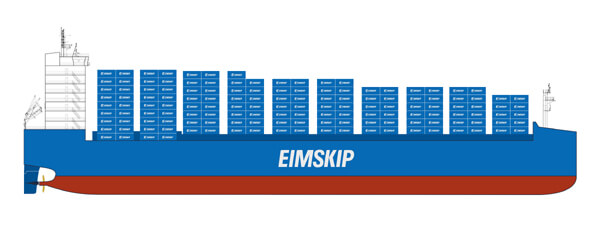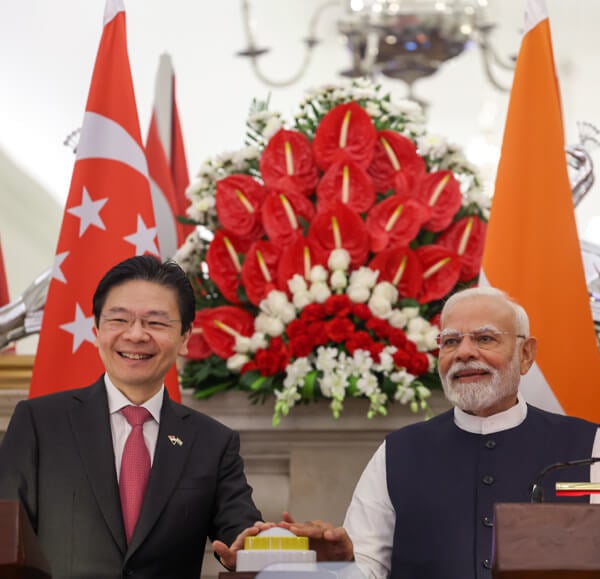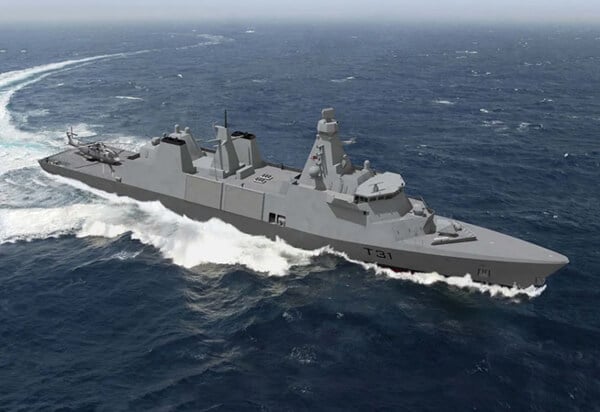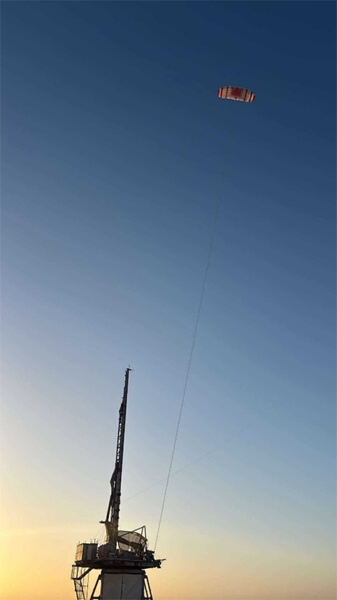Virgin Voyages is marking a key milestone as its fourth cruise ship, Brilliant Lady, embarks its first revenue passengers on Friday, September 5, for the so-titled “MerMaiden Cruise” aboard the lady ship. The company admits it took time to find its voice and refine its message, complicated by the COVID-19 pandemic, but now it believes it is in a strong position with rapidly growing bookings and a strong base of loyal cruisers anxious for more product.
Planning for a cruise line to build on Sir Richard Branson’s unique style and framed Virgin Group started nearly 15 years ago, with the group pulling the trigger on what turned into a nearly €3 billion investment, ordering three 110,000 gross ton cruise ships from Fincantieri in 2016 and a fourth in 2018. The launch was timed for what turned out to be the first weeks of the global pandemic in 2020 and forced the delayed entry of each of the ships into service. Virgin Voyages took the unusual strategy of holding the ships for up to 18 months in warm layup before starting revenue operations.
The company remained focused on the launch, executing it well, and keeping the standards for the product high. Nirmal Saverimuttu, who led the exploration and development of the cruise plan for Virgin Group and became Chief Executive Officer in September 2023, says they remained focused on key elements of the onboard experience, which, for him, include the food concepts, the crew, and the elevated experiences onboard.
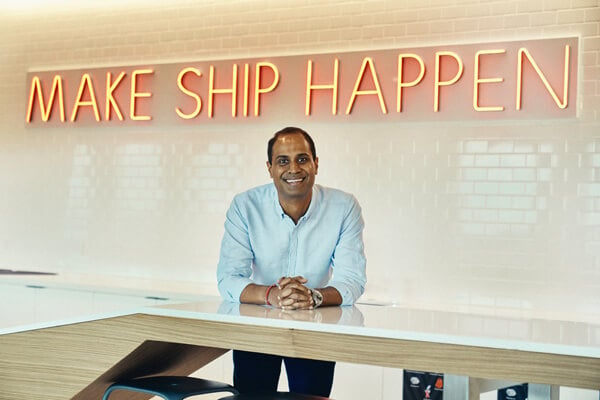
Nirmal Saverimuttu highlights the crew and the experiences on board as what makes the ships unique (Virgin Voyages)
The pillars of the brand were “no stuffy formalities” aboard, says Saverimuttu, shown in things such as no dress code, no assigned dining times, and a series of restaurants instead of a central dining room. Virgin Voyages also includes amenities, ranging from WiFi, water and juice, fitness classes, and no “up charges” to create a feeling of value and inclusion at a reasonable price point.
Over the four years, however, the messaging has evolved for the product, and Saverimuttu admits they had a hard time finding their voice for the brand. The line painted a picture of differences, but he admits to overplaying a message of “disruption.” They allowed a narrative that at times had people saying, “Maybe it is not for me.”
A key part of the elevated onboard experience is the message that has become central to the brand which is “no kids onboard.” Saverimuttu notes the growth in the adults-only vacation segment and believes they are ideally positioned in the North American market as the only moderately priced cruise ships offering the adults-only concept. He says the mega ships appealing to everyone with lots of kids and families is good for the market, but people know on Virgin Voyages, it's all adults. He says that permitted them to use spaces on the ships that might have been for children to increase amenities such as fitness and wellness areas, as well as the elevated dining experiences. They promote over 20 included eateries onboard, featuring six sit-down restaurants.
Virgin emphasizes that each of its restaurants has its own galley with no central prep galley. Food is cooked to order. It reduces food waste but also presents an enhanced dining experience for the passengers, which they call “sailors.”
To Saverimuttu, the one thing that sets the brand apart, and a message you hear repeatedly all around the ship, is the crew. There are 1,160 crewmembers per ship, which each have a passenger capacity of 2,770. He says the number one reason people rebook is the crew and esprit de corps created by treating the crew well, giving them food similar to the passengers, and encouraging them to be natural and individual. Virgin, he says, has a focus on hiring and gives extensive training because it wants its crew to be happy. It is an attitude that comes from Sir Richard Branson, who says Virgin Voyages is among the best companies in the group.
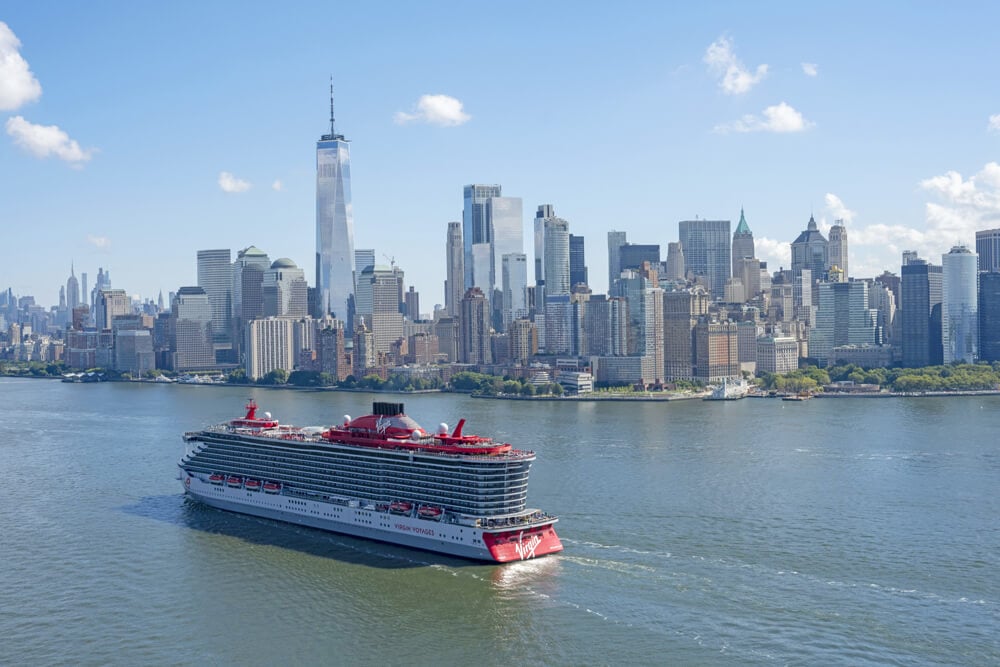
Brilliant Lady with the Manhattan skyline (Virgin Voyages)
With the introduction of the fourth ship, Virgin Voyages is diversifying its destinations and the length of its cruises, in part in response to the loyal following that wants new things. Brilliant Lady was redesigned, moving the lifeboats inboard among the changes, so it can transit the Panama Canal, and in 2026, will take Virgin to Alaska for the first time. Aboard, changes were made for more seating indoors, more viewpoints, and new elements such as a Spanish restaurant. Unique entertainment was also developed to create variety among the ships.
Part of the concept is to offer travelers the opportunity to trade up from other ships, versus the earlier messages that were focused more on the new-to-cruise segment. Most of the other ships without children aboard are the small, ultra-luxury ships, which, with a higher price point, are unattainable for some people, says Saverimuttu. Virgin’s larger ships offer more amenities than smaller ships, such as dining options, and instead of cruise directors, Virgin has a cast to curate a tailored experience for each passenger. For example, one focuses on the arts, another is the “foodie,” and another is health and wellness focused.
Saverimuttu says some of the evolution was planned, but some of it was listening and reacting to the customer, and others are trying new things. Richard Branson came up with the idea of the 30-day sea pass, which Saverimuttu admits they were skeptical about at first, but it sold out and is being repeated. Saverimuttu calls it a “learning moment with Richard.”
Four years after the brand’s first cruises, they feel like they have moved the narrative to “something for everyone without kids.” The response is strong with bookings up 70 percent for next year and better than 50 percent rebookings.
Brilliant Lady sold out for its first revenue cruise after waiting since delivery from Fincantieri at the beginning of 2024 for its first cruise. It heads to Bermuda and New England, before the Caribbean, and in 2026, through the Panama Canal to Mexico, California, and Alaska. She will continue to do what they are calling the “four corners,” while one of the other lady ships (Scarlet Lady, Valiant Lady, and Resilient Lady) will be year-round for the Caribbean, and two will head seasonally to Europe and the Mediterranean.
The launch of Virgin Voyages and now retired CEO Tom McAlpin were featured in the January/February 2020 issue of The Maritime Executive.
